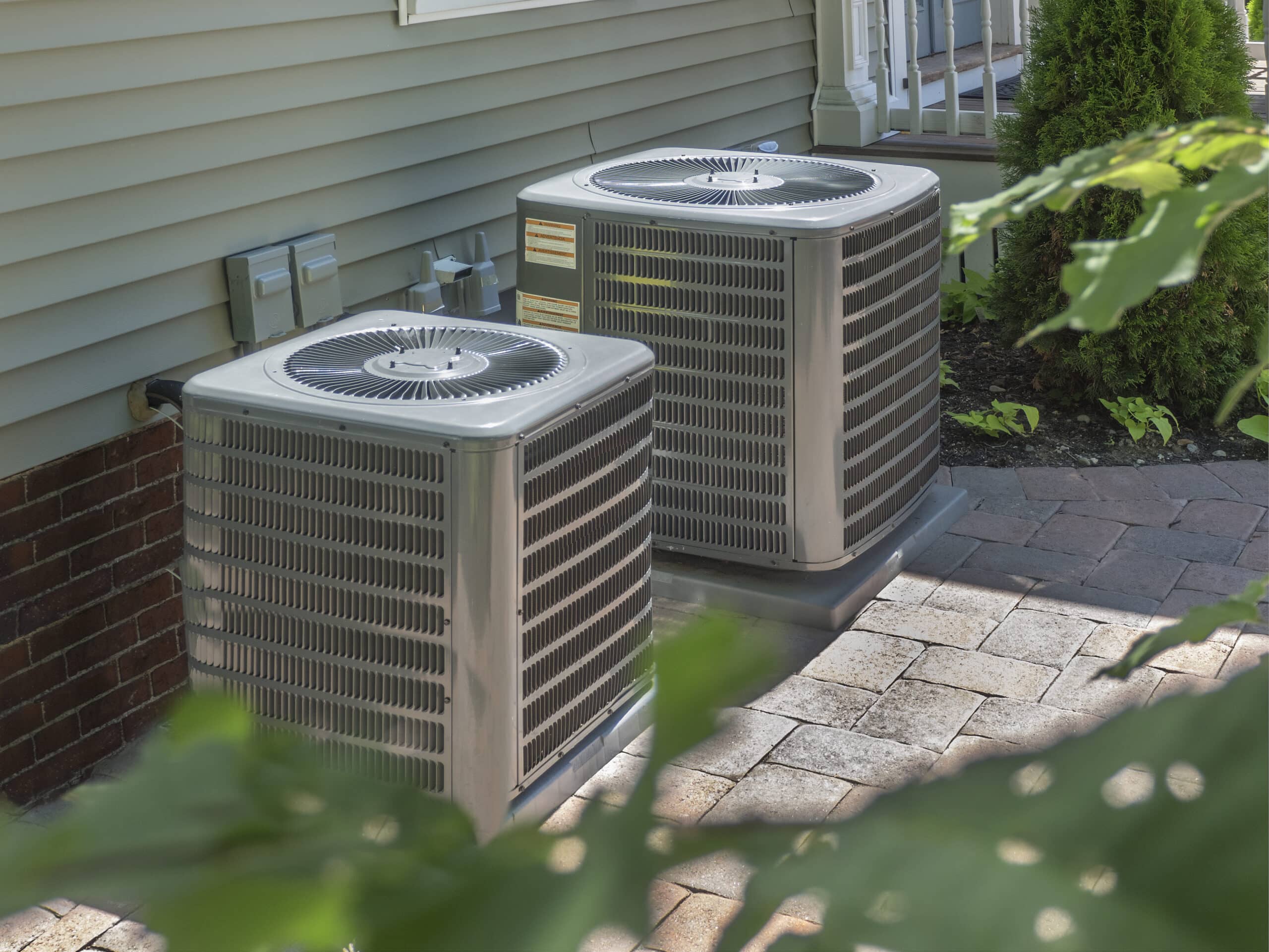
Whenever you need a new furnace, air conditioner, heat pump or any other HVAC unit installed, it is essential that the unit is the proper size for your home. An oversized unit will cost you more than you should be paying and also use much more energy. And, undersized units will cause your energy bills to increase, and this is because the unit typically won’t ever be able to effectively keep your home at the desired temperature and will thus run much longer and more frequently. Both oversized and undersized units will also almost always have a much shorter lifespan than a unit that is the correct size for your home. Sizing an HVAC unit is a complex process that should always be done by a certified technician, and today we’re going to look at the different factors that can affect what size of unit you need.
Square Footage of Your Home
The first step in sizing a new HVAC unit is to calculate the total square footage of all your home’s conditioned areas. The conditioned areas are all of your home’s living spaces that are connected to your heating or cooling source. Areas like a garage, crawl space and attic aren’t included in this calculation since these are almost never connected to the HVAC system. If you have a finished, livable attic or living space above the garage, these will be included. However, the garage itself will never be included as garages should never be connected to a central HVAC system since this would result in the system pulling exhaust and other harmful fumes into your home.
Calculating the square footage of your home is something you can easily do on your own to help save the technician some time. If you have your home’s original building plans, the square footage of each room will be listed on the plans. If not, you will then need to use a tape measure to find the length and width of each room and then multiply the two numbers together to find each room’s square footage. You can then add up the total for each room to determine the square footage of the entire home. The reason why knowing the square footage is so important is so your HVAC unit will always need to produce a certain amount of BTUs per square foot to work effectively.
Ceiling Height
The general BTU-per-square-foot recommendations are always based on a home with standard 8-foot ceilings. If your home has higher-than-normal ceilings in some rooms, this will also need to be factored into the equation. High ceilings increase the total volume of air that needs to be heated or cooled, which means you’ll always need a slightly larger unit than you would if your home had standard-height ceilings.
Typical Summer or Winter Temperatures
The local climate is another essential factor that will help to determine how many BTUs you need for each square foot. Since the summer temperatures in Ohio usually don’t go above the mid-80s, you typically won’t need quite as large of an air conditioner as you would in places where the temperatures are regularly in the upper 90s to 100s. On the other hand, your furnace will need to be slightly more powerful since the winter temperatures regularly drop well below freezing at night.
Insulation and Air Sealing
The level of insulation in your home’s exterior structure is another major factor. The less well-insulated your home is, the more heat and cold will seep into your home and the larger HVAC unit you’ll need. How well-insulated your attic floor is is also hugely important. If your attic floor has little to no insulation, much of the heat from your furnace will leak out into the attic and cause your home to always stay much colder unless you have a larger heater. Attics also absorb a huge amount of heat through the roof in the summer, and all that heat can then push down into your living spaces if your attic floor isn’t insulated. As such, you’d also need a larger AC unit to ensure your home stays cool enough.
Another factor is how many gaps or cracks there are in your home’s exterior structure where hot or cold air can leak in from outside. Older homes almost always need larger HVAC units since they tend to have many more air leaks, whereas most newer homes tend to be sealed much more tightly so there are few, if any, leaks.
Number of Windows, Skylights and Exterior Doors
Exterior doors, windows and skylights are by far the biggest sources of heat gain in the summer. If they’re not well-sealed and well-insulated, they can also allow lots of cold air to seep in during the winter. However, the heat gain from sunlight is always the much bigger factor. Having lots of large windows means your home will heat up much more quickly in the summer so you’ll need a bigger AC unit. However, the heat gain from those windows can work in your favor in the summer by keeping your home a bit warmer so that you may not need quite as large of a furnace.
When sizing an AC unit, the general rule is that you need to add an extra 1,000 BTUs to the total calculation for every window, skylight and exterior door in the home. However, this can vary slightly based on the direction that your windows are facing since north- and west-facing windows will contribute much more to heat gain than south- and east-facing windows.
Direct Sunlight or Shade
Another factor is how much direct sunlight or shade your home receives throughout the typical day. If you have large trees around your home that give off lots of shade, your home won’t receive as much heat gain from the sun and will always stay a bit cooler than if your home constantly received direct sunlight. This means your AC wouldn’t need to be quite as powerful, but your furnace may need to be a bit bigger.
Number of Occupants
The number of people who live in your home also directly contributes to heat gain, and this is simply because humans constantly give off quite a bit of heat. Again, this matters mostly when sizing an AC unit. The general rule is that for every person in the home, you need to add 100 extra BTUs to the total calculation.
How Professional HVAC Technicians Size New HVAC Units
When determining what size of HVAC unit will work best, technicians use a special formula known as a Manual J calculation. This calculation starts by again calculating the total square footage or volume of air in all the living spaces. From there, the technician will then look at the general BTU-per-square-foot guidelines for the local climate and then factor in all the other aforementioned things.
At Apex Plumbing, Heating and Air Pros, we specialize in HVAC installation and can help if you need a new furnace, central air conditioner, heat pump or ductless mini-split. We also offer professional cooling and heating repairs and maintenance services to help ensure your HVAC system continues functioning effectively. Contact us today to learn what makes us the best HVAC and plumbing contractor in the Columbus, Dublin, Gahanna and Newark areas.





